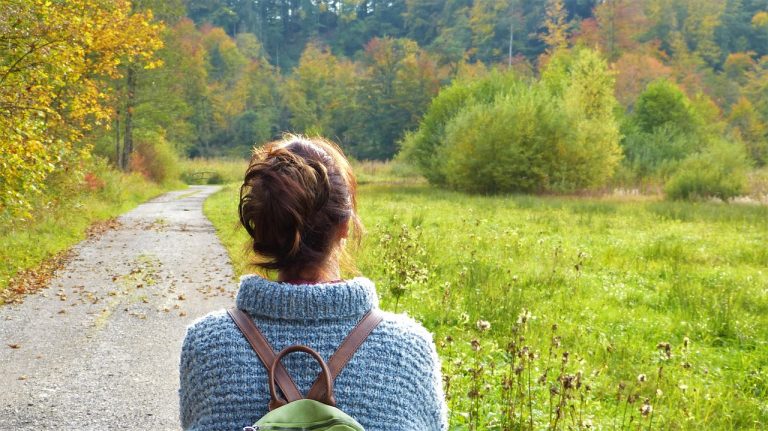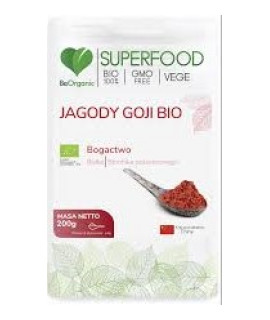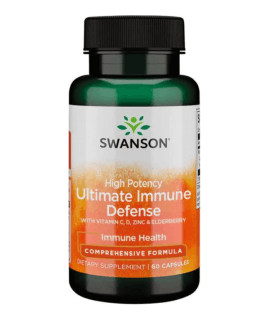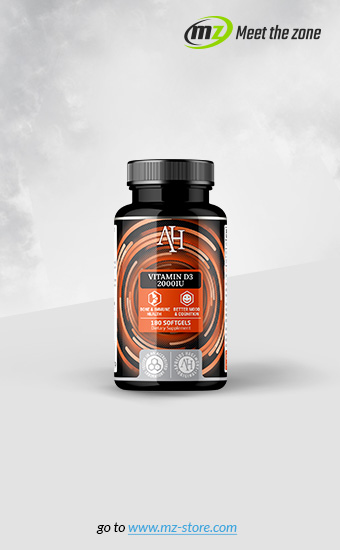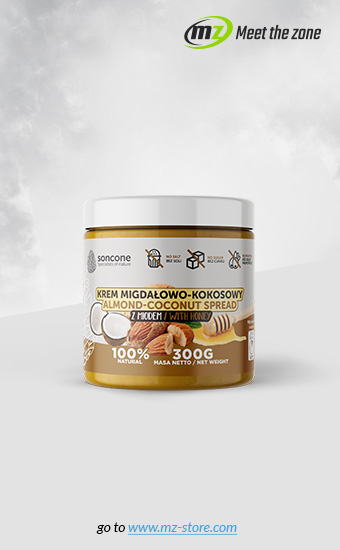October and November months are favorable for upper respiratory tract infections. Flu and cold, or so-called seasonal diseases, are associated with a drop in temperature, but in fact the main reason for their occurrence are viruses.
Cold is not always cold
Seasonal colds that accompany us for most of the autumn and winter despite the name are not caused by lowering the temperature, at least not directly. The main cause of the development of upper respiratory tract infections are viruses, not the cooling of the body by the weather. However, epidemiological statistics and our annual observation clearly show that in autumn and winter we suffer much more often. So where does the relationship between hyperactivity of viruses and colder seasons come from? Virology, unfortunately, does not give a definite answer to this question, so that the current state of knowledge is based only on hypotheses and assumptions.
The first of them, the so-called vasomotor movement, assumes that the body's cold triggers reflexes of contraction of blood vessels, including those in the nasal mucous membrane. As a result, there are less nutrients and therefore also antibodies, which automatically decreases our immunity and expose ourselves to the attack of equally active and present viruses as at any time of the year. It is difficult to unequivocally confirm this theory, the researchers question it primarily based on the fact of the low number of cases in the period of severe frosts.

Another popular hypothesis is that the viruses themselves prefer lower temperatures, including reduced nose temperature, where there is usually a too warm environment for development for virus multiplication. Here, too, there is no justification for the lower incidence of sulphate frosts, which according to this theory should inflate the scale of the epidemic of influenza and upper respiratory tract infections. The most popular theory points to a social factor. In autumn and winter, more often than in spring and summer, we stay in closed rooms, usually in places where there is a large number of people. Through such contacts, we increase the risk of encountering a patient who can infect us and facilitate the development of the virus itself. This hypothesis is also accompanied by the assumption of worse nutrition compared to summer and spring days where in our climate we have significantly more fresh vegetables and fruits. Shorter, cloudy days and cold are also components of stress, which additionally negatively affect the body's immunity. It seems that the combination of all these elements is conducive to the development of viruses that cause a wave of disease from October to January.
We strengthen resistance to fall
Regardless of the reasons for the increased activity of viruses in the current season, whether we get sick depends on our immunity. Frequent changes in temperature, general body cold, stress and difficult access to vegetables and fruit do not necessarily mean that we should come to terms with cyclical colds. Thanks to the right methods of hardening and increasing immunity using home methods, we can avoid infection. At the beginning let's take care of our diet. In autumn and winter, we should eat more warm meals, which give extra warming energy to warming herbs. Cinnamon, cardamom, cloves and ginger should accompany the often eaten soups and porridge, which will warm us up effectively.
In addition, we can consume more garlic, onion, caraway, thyme and marjoram thanks to which we provide the body with natural antiseptic ingredients and those that will improve lung function. After a long stay in the cold, we must drink hot tea with the addition of honey and raspberry syrup. It's also worth taking care of the way you dress. On the one hand, we have to take care of our warm air in the cold hours of the day, on the other hand, we have to make sure that the clothes do not cause overheating and sweating during the harsh warming. So it's best to dress on a popular onion, so that we can easily remove or apply an additional layer of clothing depending on the temperature.
Do not avoid being in the air. The movement promotes the stimulation of immune mechanisms and is not a threat in the case of properly chosen clothing. The heating season started in the case of central heating is conducive to general drying, so when we crank the radiator at the maximum temperature, take care of the consumption of more fluids. Resistance is also conducive to sleep and rest, so it is worth considering earlier putting to bed, which is favored by shorter autumn-winter days.
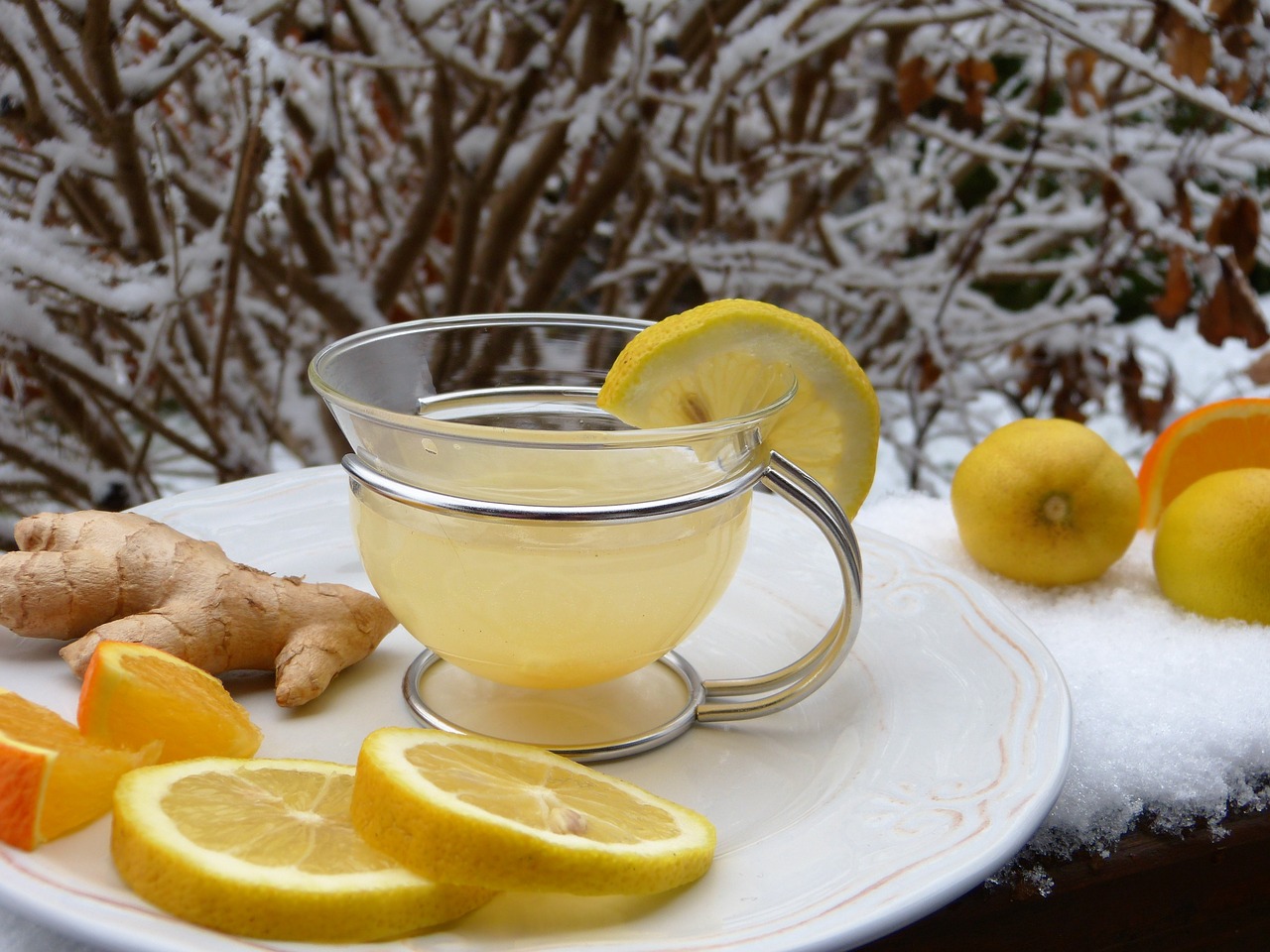
When home methods are not enough
In addition to home-made methods of hardening and protection against the cold of the body, we also have a wide range of vitamins and dietary supplements to support immunity. It is worth choosing products whose active substances are based on natural ingredients. Very effective in the fight against symptoms of colds, bronchitis, throat and sinuses, such as cough, sore throat, headache, runny or stuffy nose are preparations containing African geranium root extract. The functioning of African pelargonium facilitates the natural movement of the bronchial mucosa, supports the clearing of the airways, supports the body's natural defenses.
The best will be fruit products, such as raspberry, which will encourage the child to independently and regularly reach for syrup. Fall-winter illnesses are sometimes impossible to avoid, but we should take care to stimulate our strong immune system, so that we can protect against the most severe symptoms and weeks spent in bed. In this we can use a proven home method of hardening and heating supported by properly selected supplementation.
